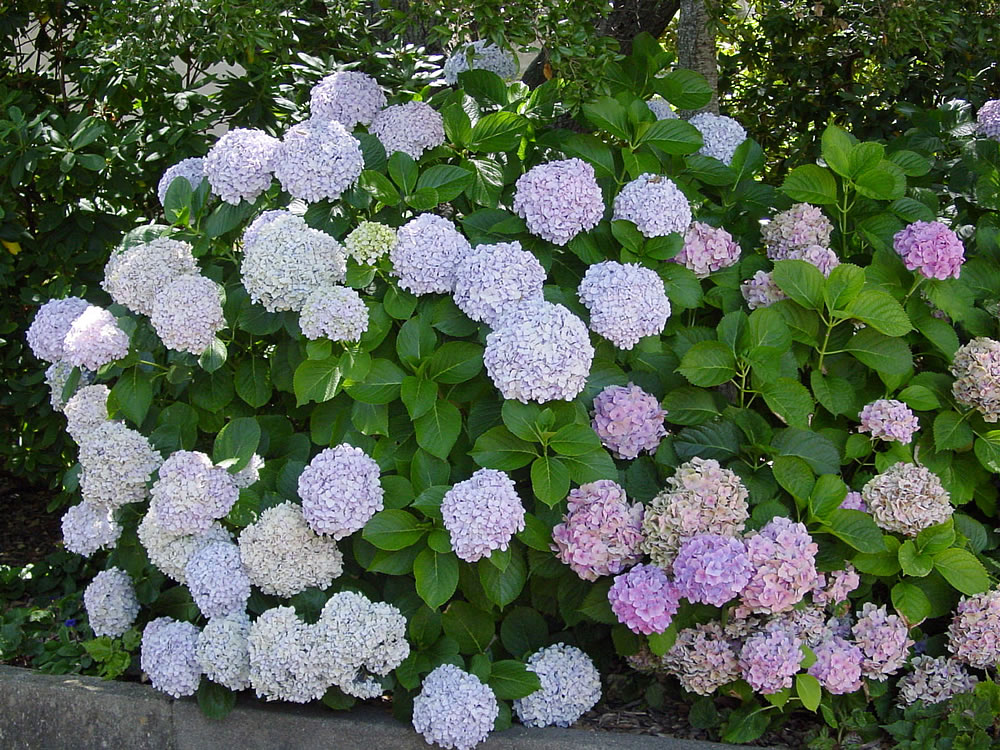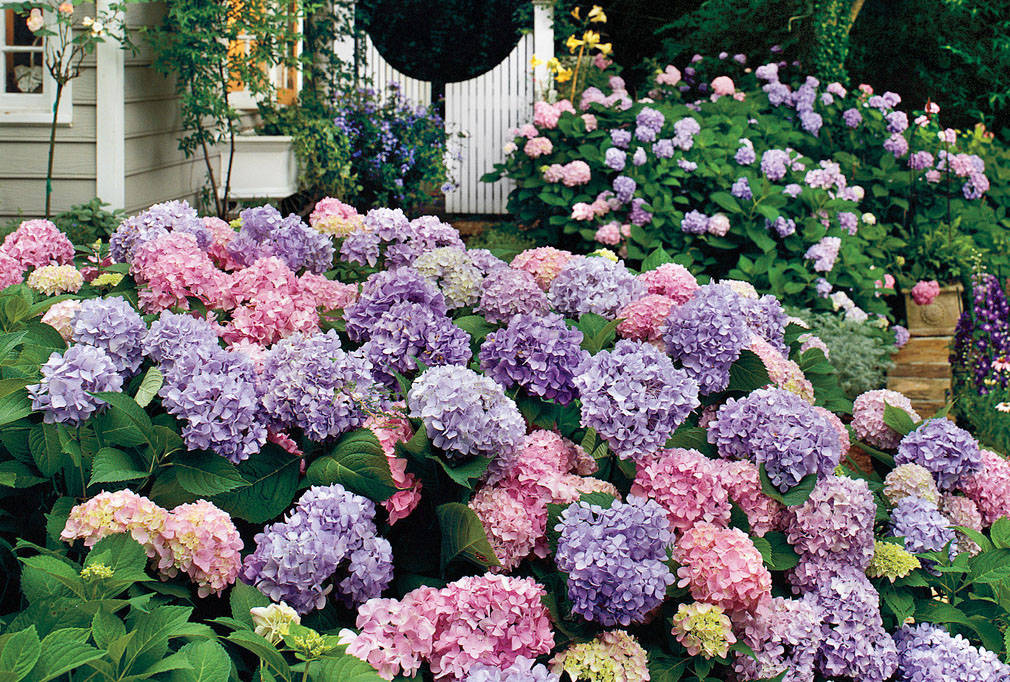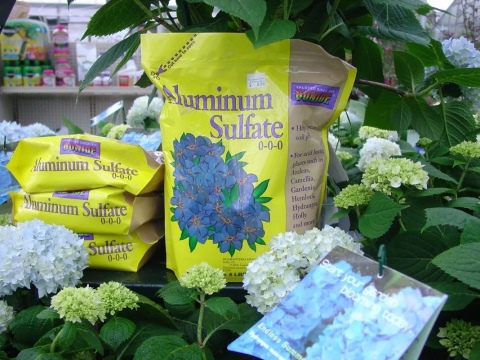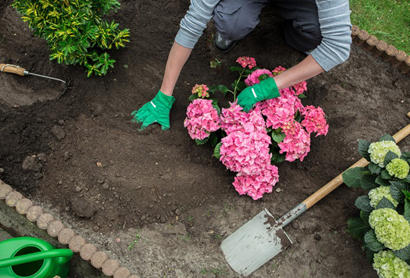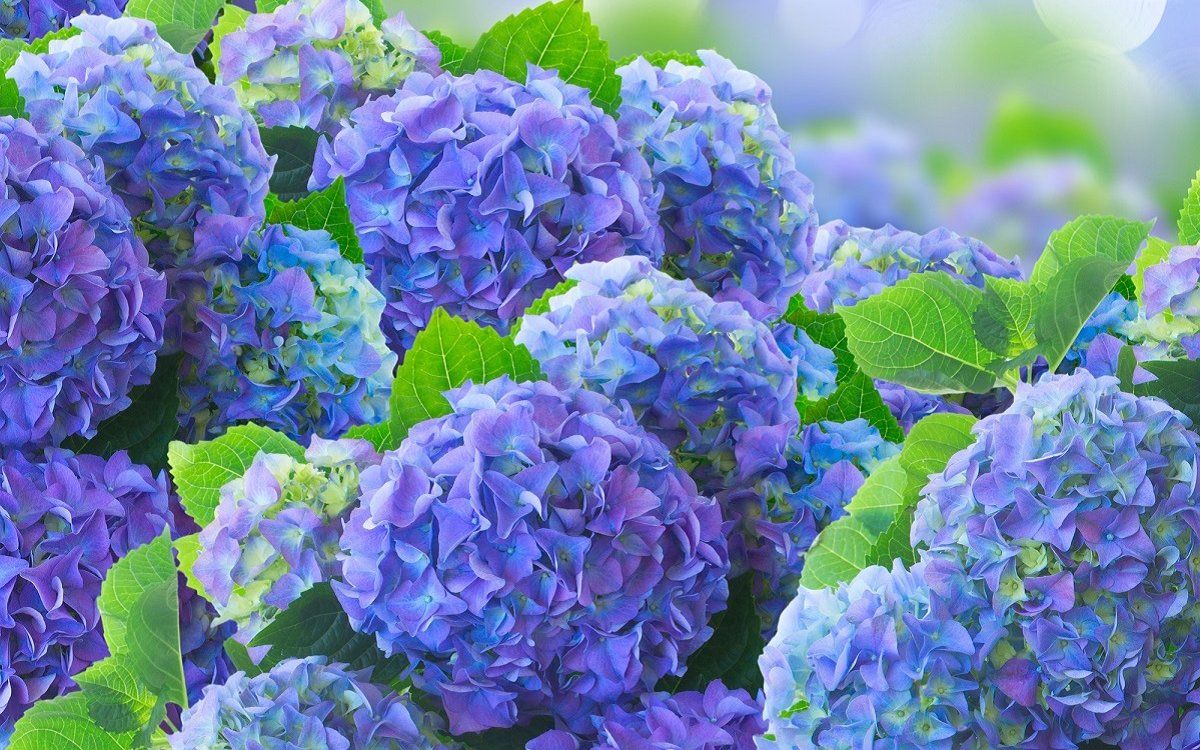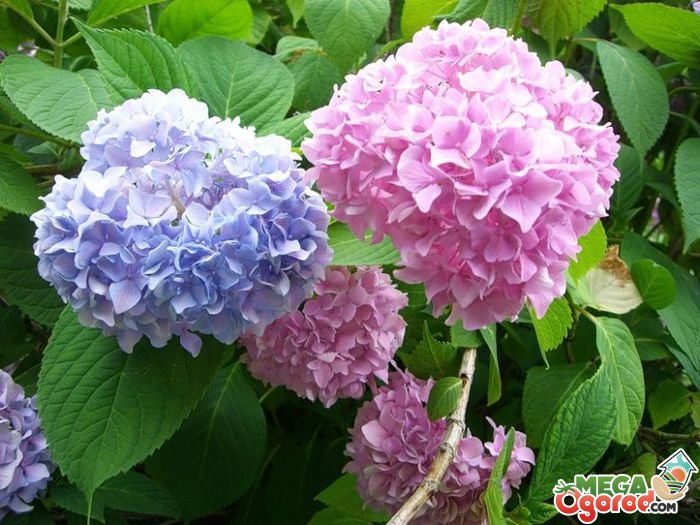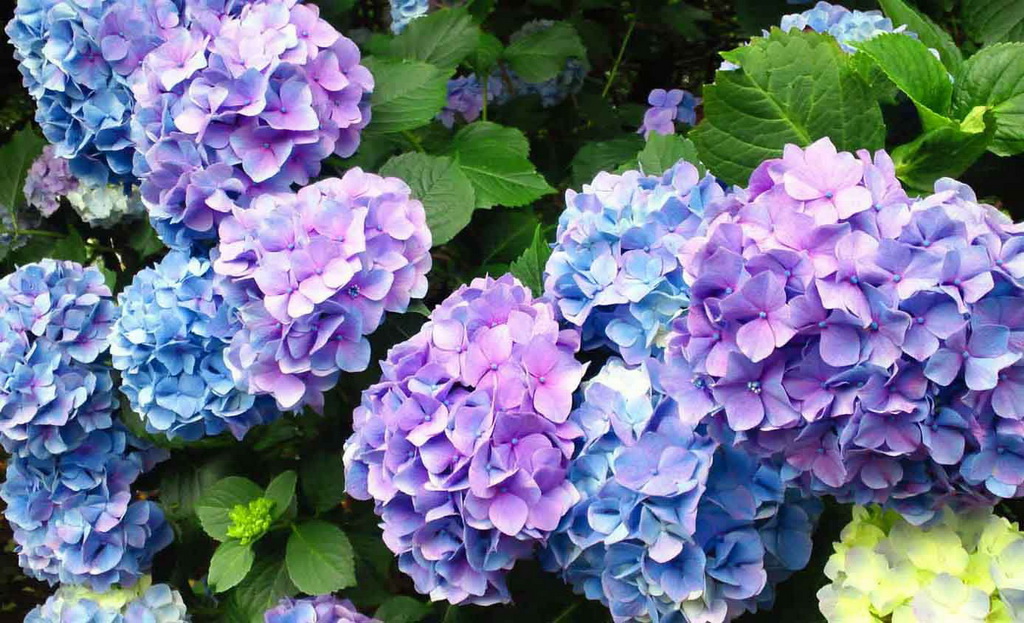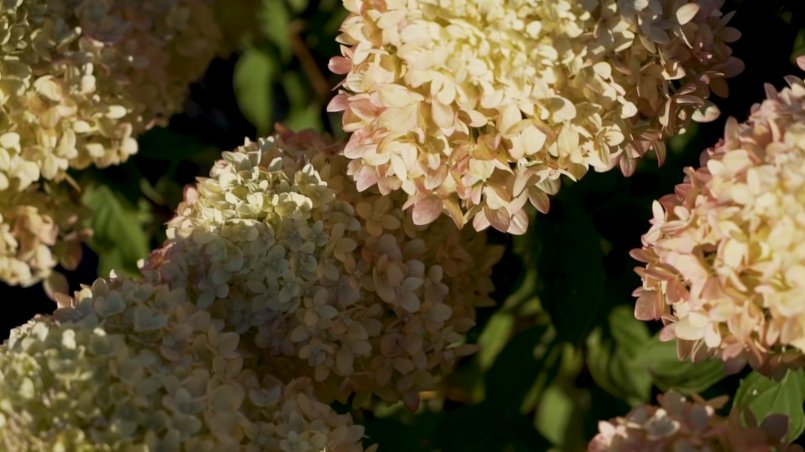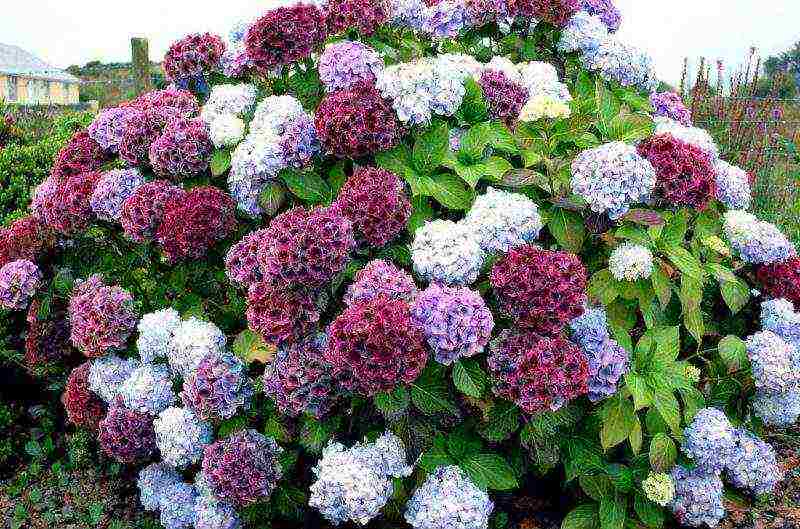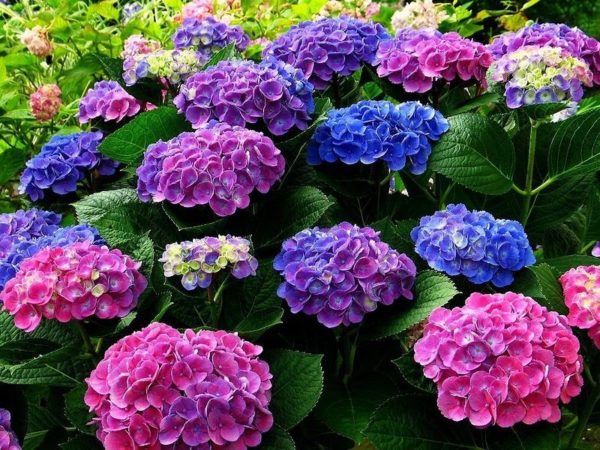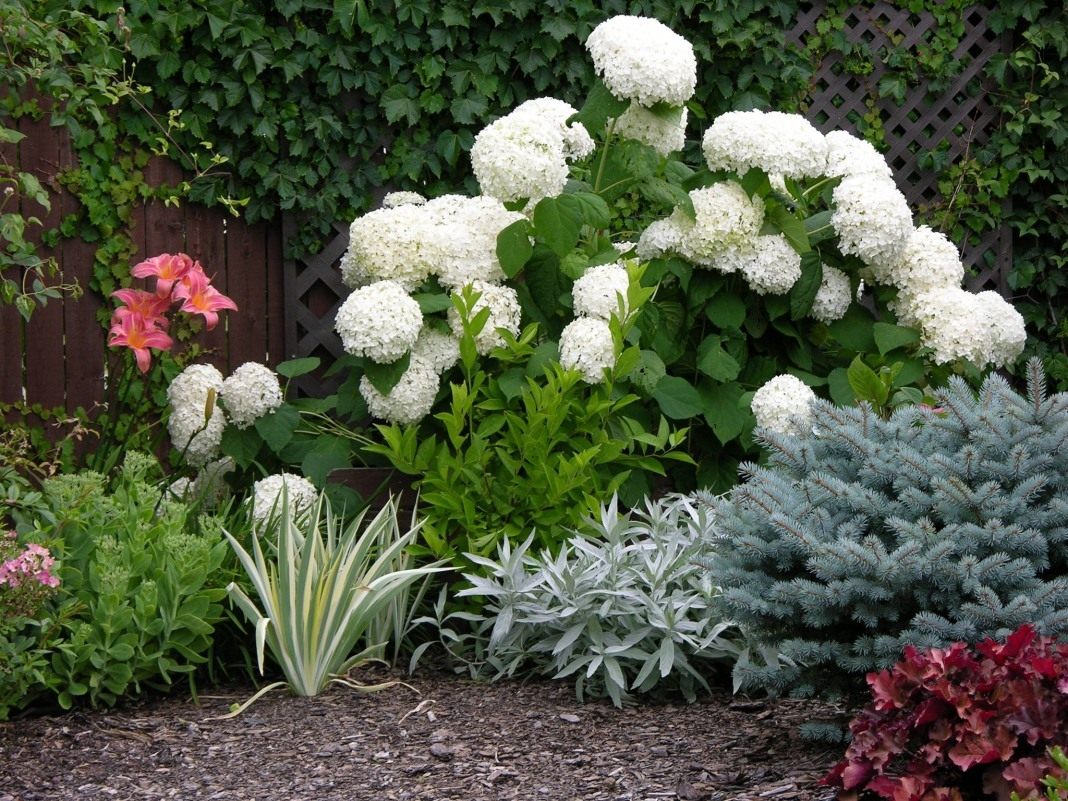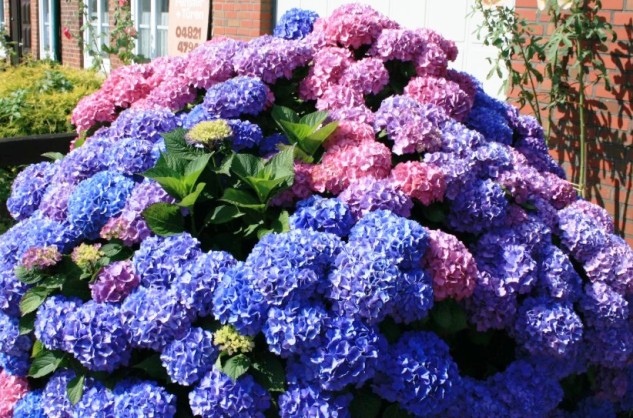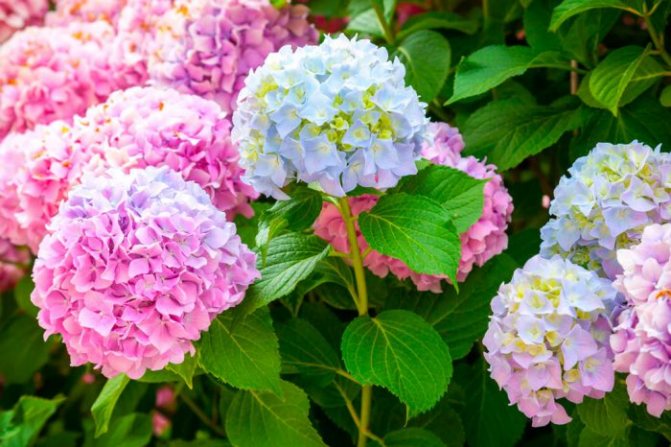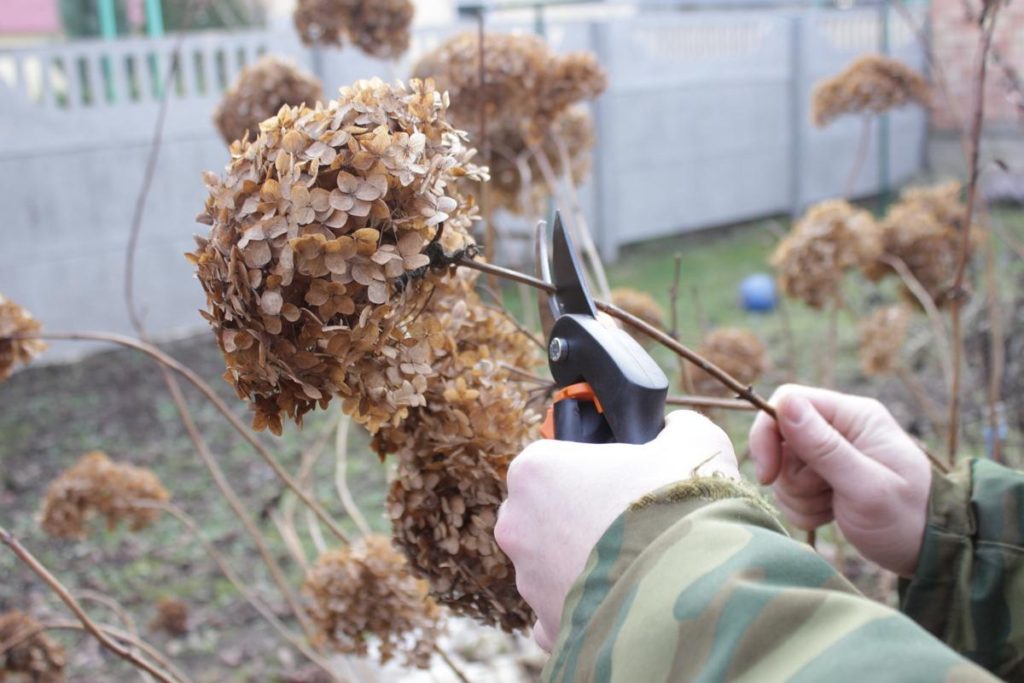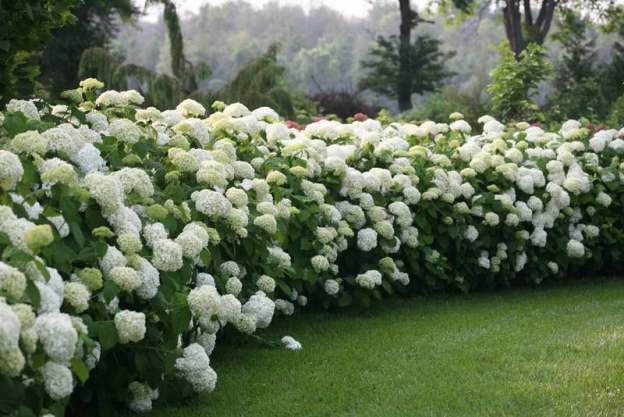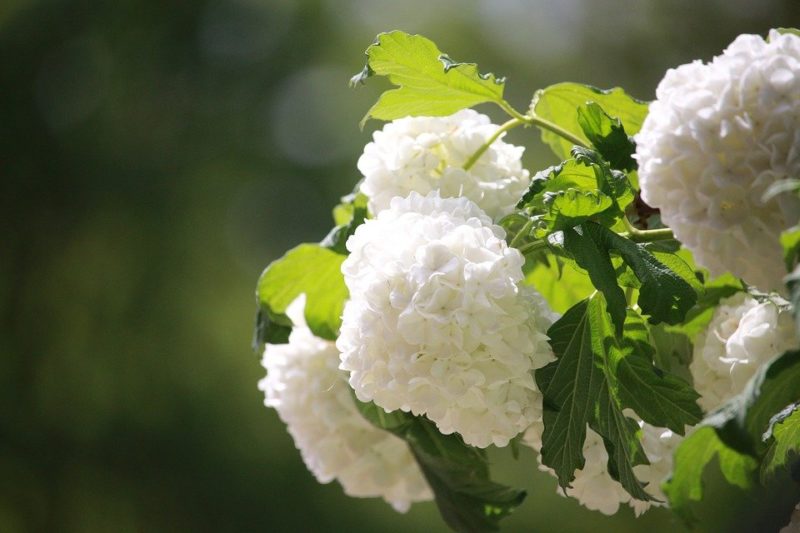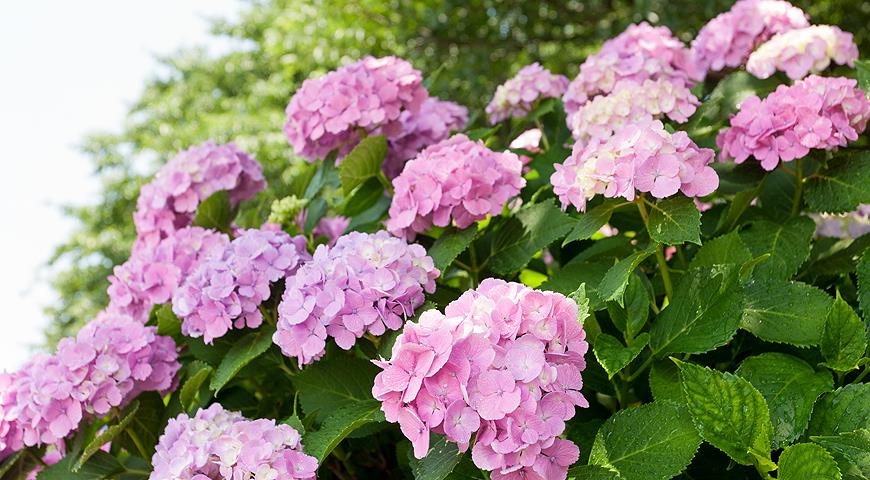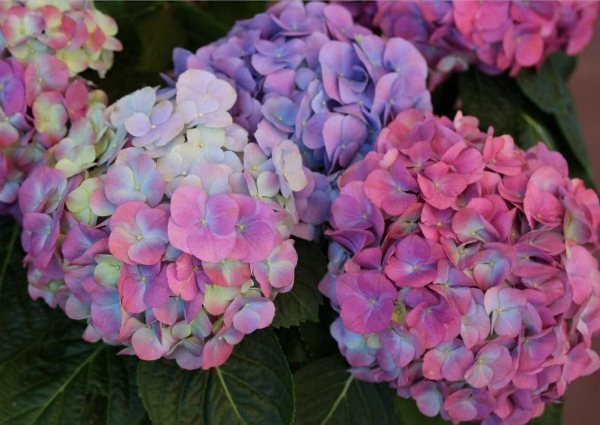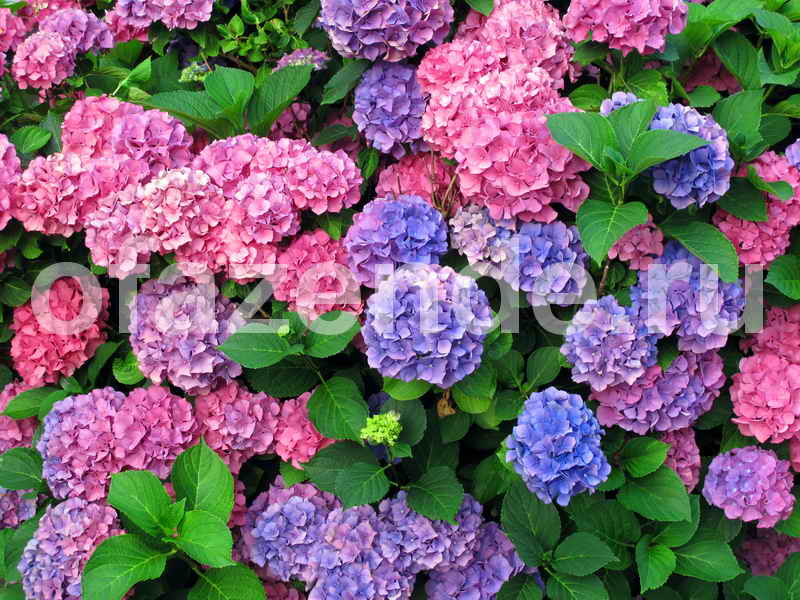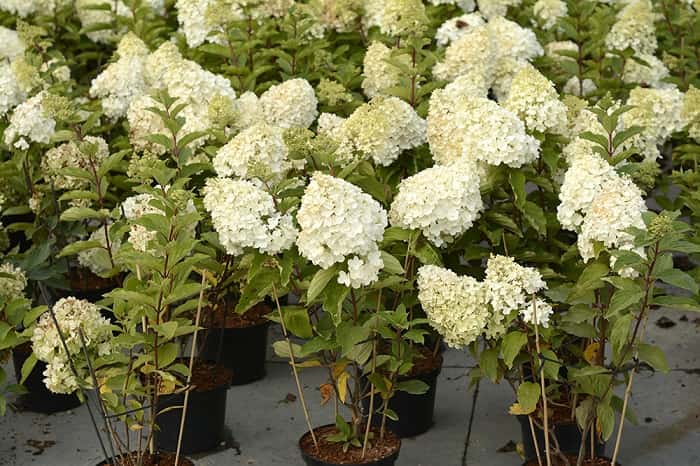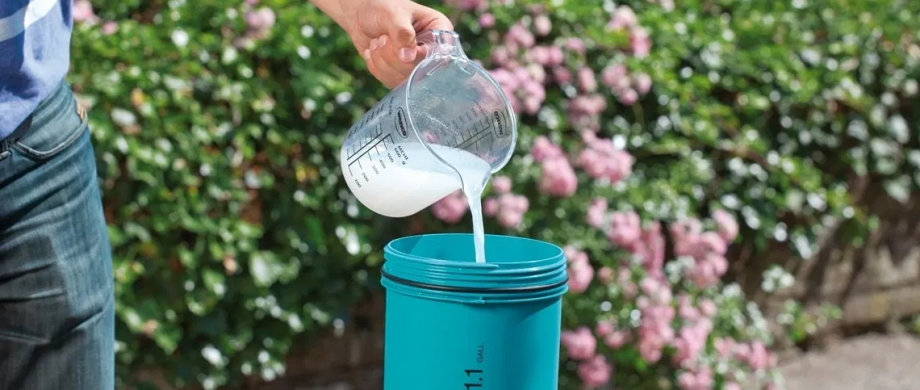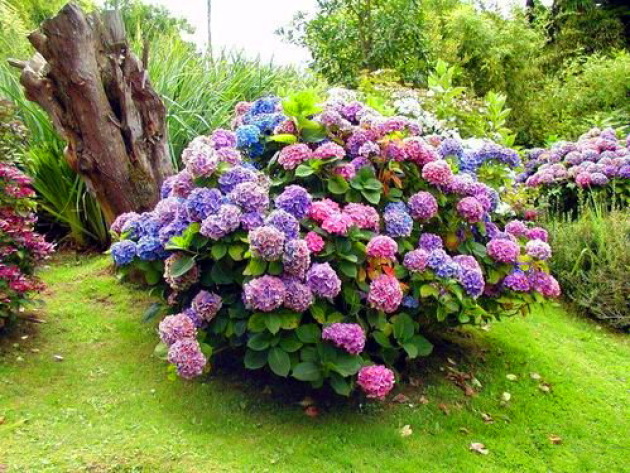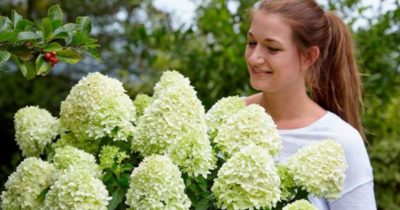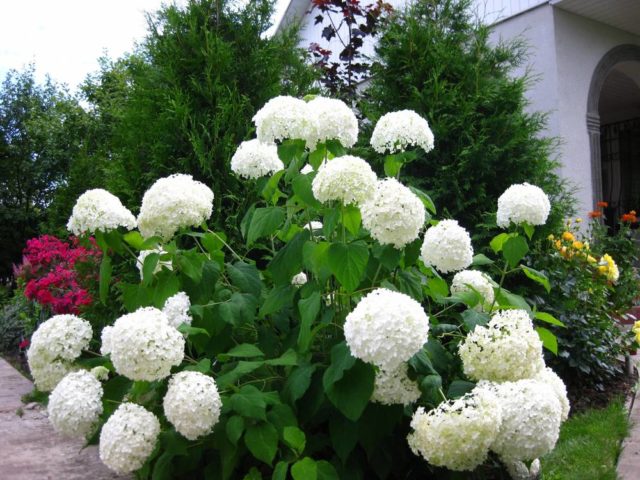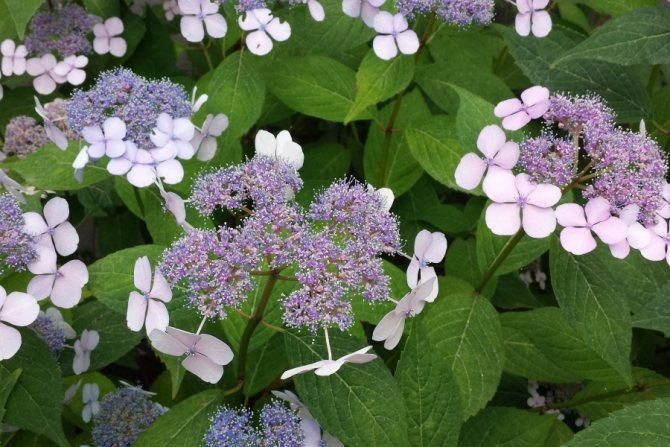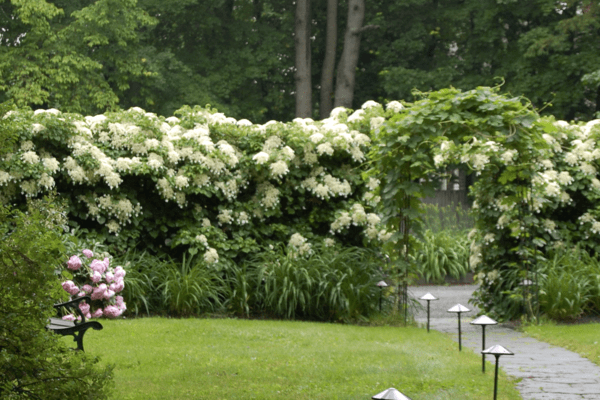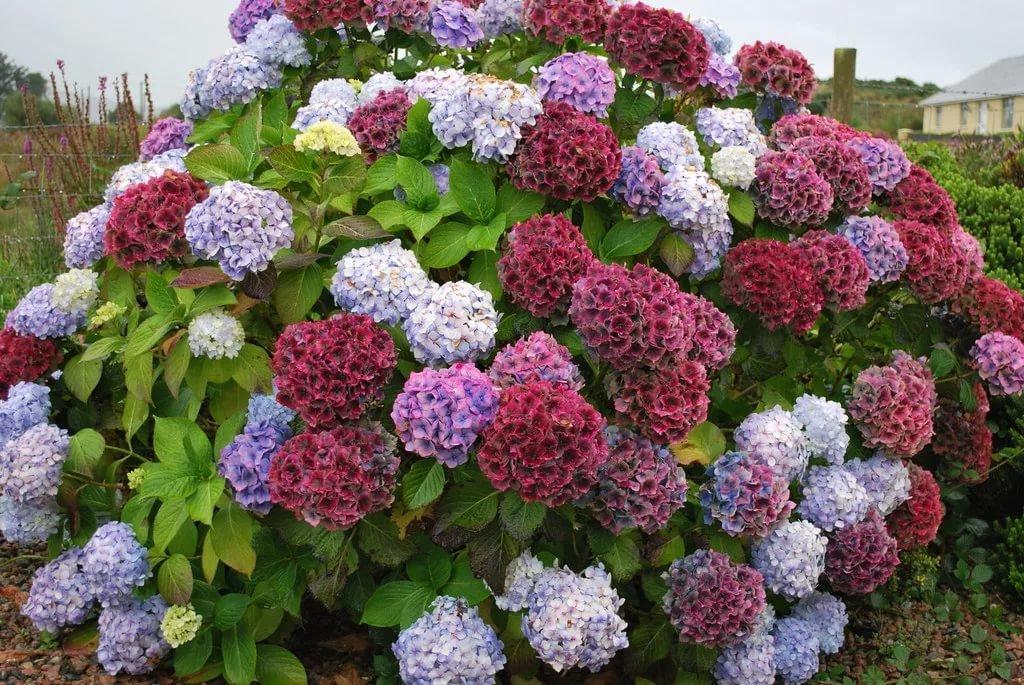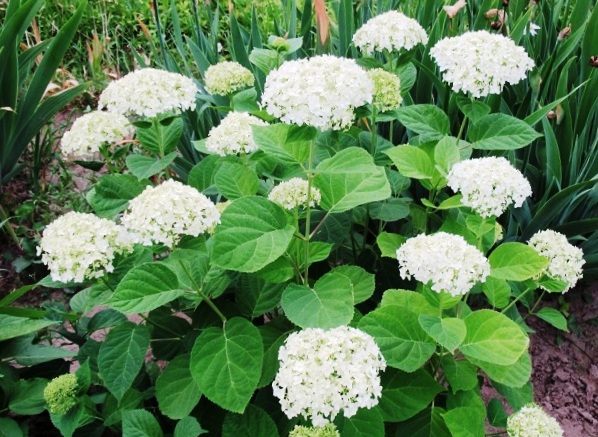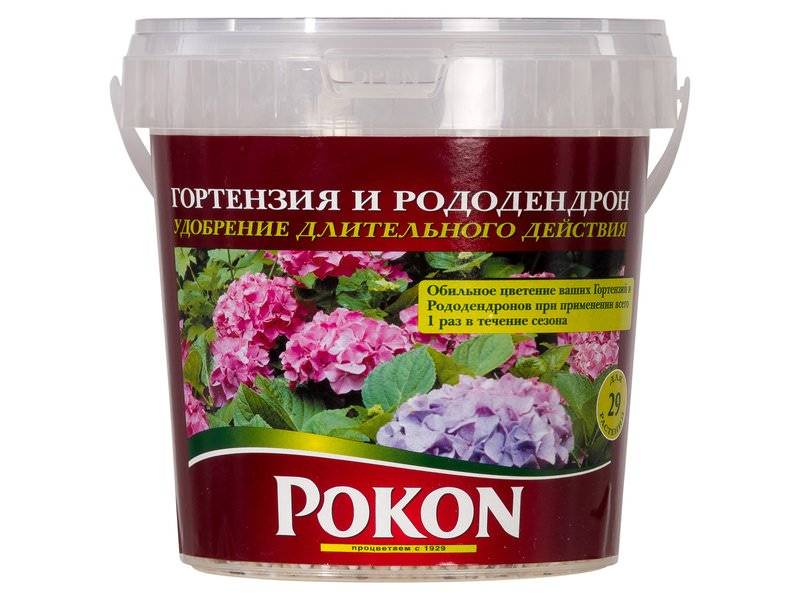Fertilizer options
The number and variations of fertilizer formulations are very large, and new compounds are still being discovered that can affect the plant in one way or another. But currently, preference is given to chemical fertilizers. A little earlier, when it was impossible to buy various additives in a specialized store, but only to make it with your own hands, most of the fertilizers were organic. Some of them are still in use today.
Organic
Chicken droppings, more precisely, an infusion of chicken droppings, is a fairly common fertilizer. It is diluted with water several times before use. First, a kilogram of droppings are diluted with twenty liters of warm water, and after receiving a concentrated solution, it is diluted with water again, but in a ratio of 1: 3. The infusion of cow manure is also diluted twice. The first time a kilogram of manure is poured with 10 liters of water, and then each liter of concentrate is diluted with two more liters of water.

Organic fertilizers include kefir and other fermented milk products, which not only are good additives in themselves, but also act as acidifiers, which is very good for hydrangea, because its growth is associated with soil acidity, and the higher the acidity, the better it grows hydrangea. Yeast has similar properties, more precisely, yeast infusion. However, when using foodstuffs, make sure there is no salt in them, as this is harmful to the soil and plant. Potassium permanganate is also a good addition. In order not to burn the plants, it is necessary to feed them with a pinkish infusion. Potassium permanganate will make the shoots stronger and more flexible, give strength, increase inflorescences and extend the flowering time.
As mentioned above, hydrangeas are plants that prefer to grow in acidic soil. In an alkaline environment, they can hurt a lot and practically not absorb fertilizers. To prevent this from happening, it is necessary to periodically acidify the soil. This can be done with citric acid solution, apple cider vinegar solution, or slightly acidic electrolyte solution. Additionally, iron chelate, also known as ferrous sulfate, can be added to any of these solutions. This will help avoid chlorosis in the future.
Care should be taken to use organic fertilizers such as wood ash or dolomite flour - these substances reduce the acidity of the soil, which leads to the fact that the plant absorbs fertilizers worse, and a decrease in acidity can change the color of the inflorescence
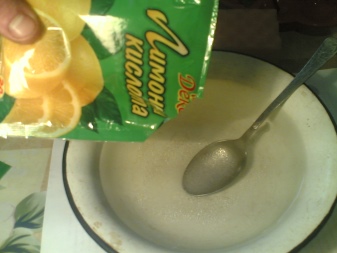
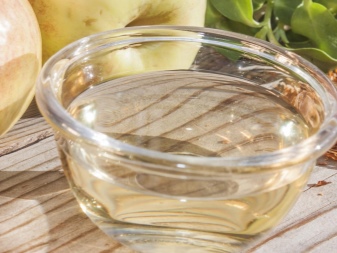


If you purposefully decide to change the color of your hydrangea, then this can be done by changing the acidity of the soil. To do this, you can start using alum - you need to water the plants with a solution of aluminum-potassium alum. This will significantly reduce the amount of acid in the soil and turn the pink buds into blue ones. Do not forget that in terms of their effectiveness, organic fertilizers cannot be compared with specially developed formulations that already contain all the necessary components.

Industrial
Industrial (chemical) fertilizers are generally more effective. Despite the fact that some gardeners have prejudices against such formulations, industrial fertilizers are very useful, as they contain all the necessary sets of micronutrients. The only rule when using them is to strictly follow the instructions. There are a lot of varieties of industrial fertilizers, we will give the most useful for the growth and flowering of hydrangeas: "Fertika Kristalon for hydrangeas", "Agricola" for hydrangeas. The next industrial fertilizer Bona Forte "Fertilizer for blue hydrangeas" can change the color of the inflorescence.
Peculiarities
In many gardens of central Russia, you can find a plant that blooms luxuriantly with white flowers gathered in panicles. Due to the peculiarities of its structure, this bush has the name panicle hydrangea, which differs from other representatives in its kind in size and design features. This culture came from China, Japan, Sakhalin and the Far East and over time spread far beyond these regions.
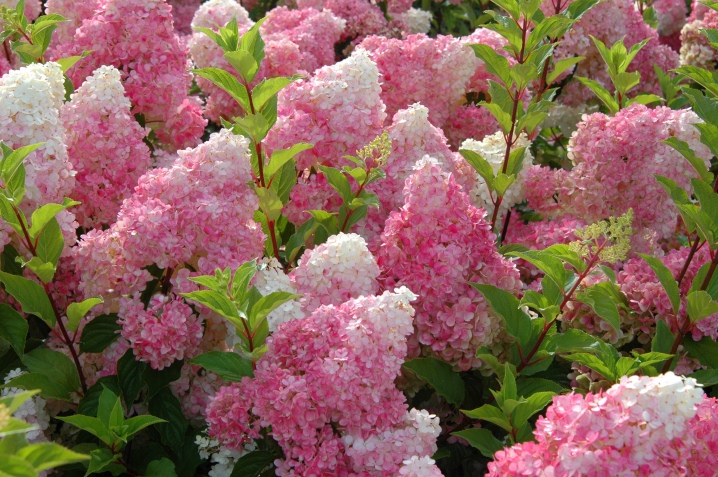
Hydrangea feels good under different climatic conditions, therefore the presence of cold weather in winter does not affect it in any way. The bush can live up to 60 years, enduring frosts of 25 degrees. Despite the high indicators of resistance to environmental phenomena, for full growth and development, as well as decorative flowering, a number of rules must be observed.
- It is better to plant bushes in partial shade. With constant exposure to the sun's rays, the flowers lose their decorative effect.
- It is best to plant the plant in fertile, clayey, acidic and moist soil. In the absence of the proper conditions, it is worth creating them on your own.
- Planting a bush in the ground is carried out depending on the region. In warm regions it is spring and autumn, and in temperate climates spring is considered the best time.
- When planning a site for a hydrangea, it is worth digging holes at a distance of 1-2 meters, no closer, so that the bushes feel good when they grow.
- For the full growth of hydrangeas, it is necessary to regularly loosen the soil near the bush, weed the weeds, water it well, cut it off on time and correctly, and fertilize it.

Fertilization features
Due to the fact that hydrangea needs frequent and abundant watering, useful substances are intensively washed out of the soil, which must be replenished. Top dressing of panicle hydrangeas will make it possible to strengthen the bush, improve its decorative qualities, and extend the flowering period. If fertilization is not applied in time, the plant will become weak, the color of the leaves and flowers will be dimmer, and any diseases and pests will become a big problem for the bush.
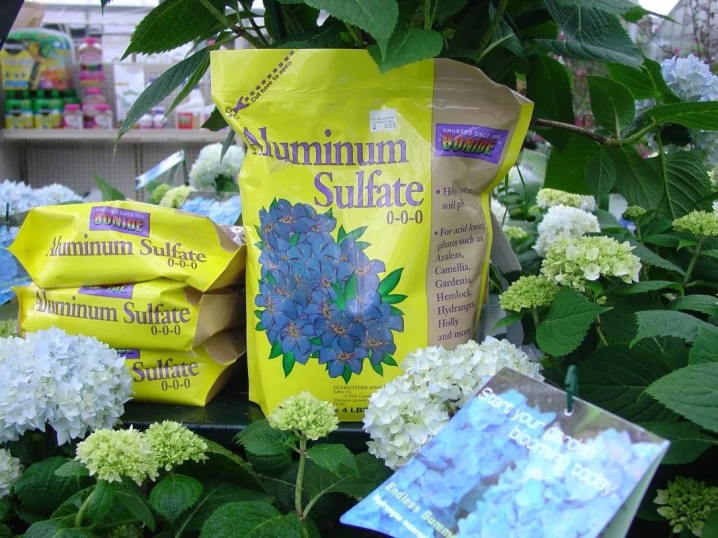
To understand exactly what a hydrangea needs, you should carefully study it:
- with a dry border on the leaves, a lack of potassium can be noted;
- with obvious chlorosis of the leaves, the absence of the proper level of iron can be distinguished;
- when the surface of the sheet plate turns yellow, you can see a lack of nitrogen;
- when the shade of the leaves changes and they acquire a purple tone, the absence of phosphorus can be noted.
For the lush flowering of hydrangeas, it is recommended to fertilize it with a solution of potassium permanganate of a pale pink hue, which will help strengthen the structure of the tissues. Such care should be carried out no more than once a month. In addition to general requirements, there are specific preparations that are applied under the bush at a certain time.
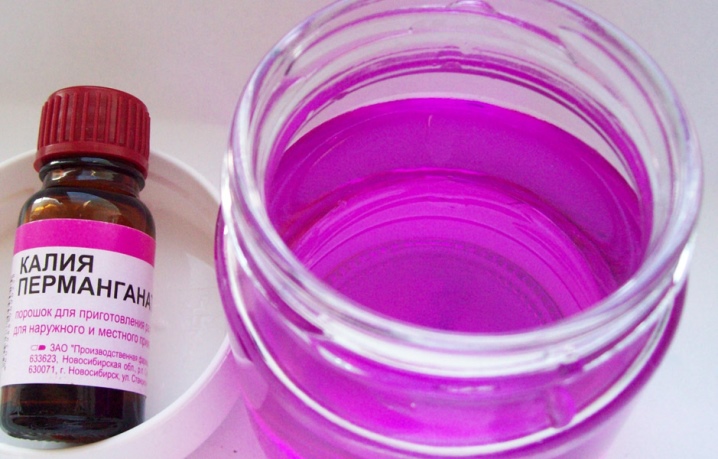
Consequences of deficiency and excess of fertilizers
If uncharacteristic external changes appear on the plant, this is the first sign of improper application or lack of nutrients. For example, if there is a lack of potassium, brown spots appear on the flower.
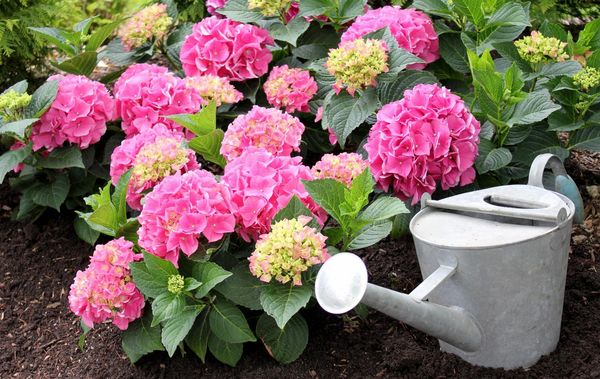
Timely plant care
Micronutrient oversupply is difficult to correct:
- If the soil is oversaturated with nitrogen, the plant will not be able to survive the winter season. Freezing of buds and young stems will occur. An excess of nitrogen usually leads to the fact that the hydrangea may not bloom at all.
- If you do not combine top dressing with watering, then too much salt will collect in the soil. The root system will stop forming.
- An excess of potassium will lead to a sharp yellowing of the foliage, the inflorescences will begin to fade.
On a note! It is forbidden to use nitrogen fertilizers before hibernation.
Pre-watering will help balance the micronutrient levels in the soil. The introduction of any organic or mineral products should be carried out only when urgently needed.

Perfect garden decoration
Correct and timely fertilization of the soil will help not only grow a beautiful bush, but also give long flowering. With the help of dressings, you can develop the immunity necessary for the winter period.
Seasonal feeding of garden hydrangeas
Hydrangea has a branched root system that occurs in the surface layers of the soil. In this regard, it is more convenient to apply fertilizers by the root method. The type of bait depends on the specific stage of the growing season: laying of deciduous mass, root formation, formation of inflorescences.
Nutrient application phases:
- spring, early June - for the growth of new shoots;
- the second decade of June - for an abundance of buds;
- during flowering - for the duration of the fragrance and the laying of new buds.
See the picture for a list of nutritional supplements by date.
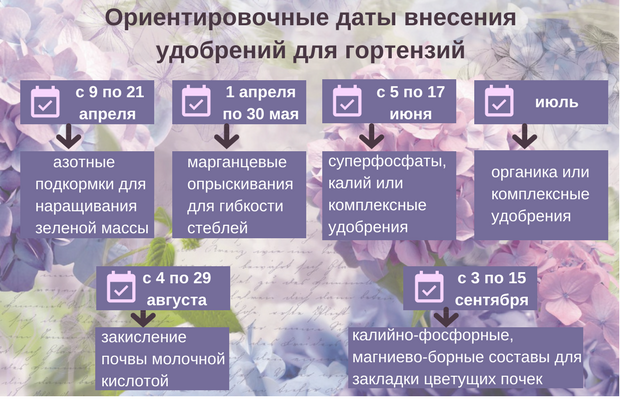 Approximate schedule
Approximate schedule
Spring feeding with organics and special preparations
In spring and early summer, hydrangeas need complex mineral fertilizers with a high nitrogen content. The solutions are applied when the soil is thoroughly saturated with water. The older the shrub, the more water is required (3 buckets per plant). It is necessary to water from early spring, without waiting for the formation of inflorescences.
Before feeding the hydrangea at the beginning of the growing season, flower growers carry out sanitary pruning of the bush. For bait, nitrogen is used in the following varieties:
- ammonium sulfate;
- ammonium nitrate;
- urea.
Regardless of whether the varieties are planted with paniculate, petiolate or large-leaved hydrangeas, a mixture of ammonium sulfate and urea is required for the growth of the deciduous mass. The solution is prepared on the basis of 2 tbsp. tablespoons of the mixture and 10 liters of settled soft water. An adult bush will need at least 5 liters.
The soil under the bush should have a loose structure so that it thaws faster after winter. On a sandy area, water rolls down, not having time to get to the roots in the required amount. Organic additives will be indispensable in this case. Slurry is an alternative to chemicals. Horse or cow manure is diluted in water in equal proportions and mixed thoroughly. The finished concentrate is diluted with liquid in a ratio of 1:10
Plants should be fertilized with extreme caution, as a too aggressive and concentrated mixture can provoke a burn of the root system.
Video with recommendations.
> On depleted soils, hydrangeas have small light green foliage, a sparse crown and few buds. In this case, gardeners increase the number of spring baits up to 3 times.
In the period from April 1 to the end of May, the bushes are sprayed with a weak solution of potassium permanganate. In total, the plant needs no more than 3 treatments. Manganese increases the strength and flexibility of the stems, preventing the crown from deforming due to its own weight.
Fertilizing in Summer for Lush Bloom
To restore the nitrogen-potassium mineral balance in the summer, flowering bushes are treated with potassium and phosphorus preparations. In June, superphosphate-based solutions are prepared for hydrangeas. Kemira flower can be used as a bait. Take 1 tbsp. a spoonful of the drug for 10 liters of liquid.
Kemira can be replaced with any other suitable composition, for example, purchase "Solution". For top dressing, you need to take 4-6 tbsp. l. funds for a bucket of liquid, 10-20 g is enough to spray the crown.
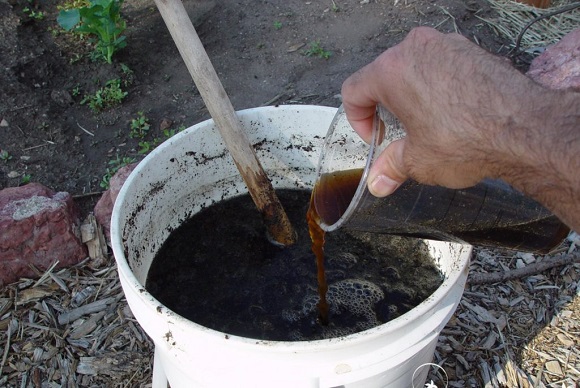 Prepared watering solution
Prepared watering solution
For flowering garden hydrangea, you can add a solution of bird droppings to the hole. This bait is used no more than 3 times during the summer period. Experienced growers do not recommend mixing organic and inorganic compounds, as this can harm soil microorganisms and lead to imbalances in the root environment.
Hydrangeas, unlike most garden flowers, prefer slightly acidic soils. The root system quickly breaks down and depletes any acids in the earth.Knowing about this feature, florists recommend spilling a well with a concentrated solution of milk whey in August.
Potassium and phosphorus for autumn
To increase winter hardiness in autumn, hydrangeas must be fed with potassium-phosphorus fertilizers:
- potash preparations (potassium salt, potassium chloride);
-
phosphoric preparations (precipitate, phosphate rock, superphosphates).
One tablespoon of each mixture is added to 10 liters of water and stirred until completely dissolved. Garden bushes are spilled 1 time during the period from September 3 to September 15 at the rate of 7 liters of solution for each well. After that, lateral pinching and sanitary pruning of shrubs are carried out.
Hydrangea (Hydrangea)
Hydrangea belongs to perennial shrubs, its height can reach 1-1.5 m. The leaves of the plant are oval, ovoid with sharp jagged edges. The length of the leaves rarely exceeds 14-16 cm. They are located parallel to each other on the stem. Flowers combine many shades of white, pink, blue (safe mineral dressing helps to change the intensity). Small inflorescences gather in large umbrellas that reach a diameter of 35 cm.
But the shrub needs regular and proper care, including fertilizing. The opinion of gardeners may differ, but basically they agree: it is necessary to feed the plant at least 2 times a year for abundant flowering.
The need for the introduction of nutrients in the off-season depends on the type of fertilizers used at the stage of the beginning of bud formation, as well as on the method of care in the autumn-winter period.
Fact! Gardeners love hydrangea for its attractive brightness and high resistance to diseases and pests.
Mineral complex mixtures - how to choose
If organic matter can be used every 2 - 3 years, then mineral complex mixtures will come in handy annually. The principle of their use is as follows:
You can feed hydrangeas in the spring with mixtures with a higher nitrogen content. This helps to grow leaves, shoots, and strengthens the immune system. There are special feedings for hydrangeas for different growing cycles - spring, summer, autumn.
Before flowering, you should switch to potassium-phosphorus nutrition in 2 weeks. These are the elements that will be consumed in large quantities during the month of flowering hydrangeas. Nitrogen is needed in small quantities, but it is still needed.
After flowering, only potassium and phosphorus are used as top dressing for hydrangeas. Of all the available types, acidified ones are chosen - superphosphate and potassium sulfate.
The dosage is stated in the instructions for each drug - the instructions should be followed. Excess fertilization has a depressing effect on the condition of plants.
Video: How to fertilize hydrangea before flowering
The role of potassium in flowering
Potassium is called the main component of flowering, without which decorative garden species look dull - both greens and flowers. Potassium is the most consumed element, so you need to add it every year - before flowering and in the fall to restore the buds.

The lack of potassium in hydrangeas can be determined by drying old leaves - a marginal burn. In order for the peduncles to form seeds and the plant to survive, there is an outflow of potassium to the young leaves and shoots. The old ones die off at the same time.
Potassium must be added together with phosphorus so that metabolic processes proceed smoothly. If there is a deficiency of phosphorus, potassium will be poorly absorbed. The same is with nitrogen: there is no phosphorus - the leaves turn yellow. Inexperienced gardeners may have a misunderstanding of the situation.
Phosphorus as a binding component of all dressings
Lack of phosphates negatively affects metabolic processes. Deficiency can be identified by the leaves turning blue, which take on a purple hue.
Fertilizers with phosphorus for hydrangeas can be applied once a season. This macronutrient dissolves gradually and does not go into the deep layers of the soil, therefore it is always available.
The best option is superphosphate.This fertilizer is poured with hot water, since it dissolves for a long time in cold water. The optimal application time is spring, but it is advisable to feed the plants with phosphorus also in the fall, so that the crops form buds.

Trace elements - as needed for hydrangeas
Trace elements are consumed by plants in small quantities, but they must be present in dressings. The complete set can only be found in organic fertilizers. If you use mineral, then you need special concentrates that are diluted and watered with hydrangeas at the root.
Iron is essential. Its deficiency affects the intensity of the green color of the leaves.
Gardeners sometimes think that the plant lacks nitrogen, but the introduction of urea does not solve the problem - the plant withers even more, as it becomes saturated with nitrogen.
Iron deficiency most often occurs in areas with a neutral or alkaline soil composition. If a lot of organic matter, for example, ash, is introduced, hydrangeas will not be able to absorb iron and will turn yellow.

For feeding, it is best to use iron preparations in a chelated form. The trace element is, as it were, sealed in an organic shell - plants absorb such fertilizers in the first place.
Copper is added to enhance immunity. For this, copper sulfate is suitable, but in a weakened concentration. It also helps keep the hydrangeas free from fungus and pests.
Get rid of weeds in your summer cottage forever! Advanced development of Russian agronomists. All information is here
You will also be interested to read:
Indoor hydrangea - differences from garden and care. How to achieve regular flowering. Varieties for growing in the room
Balsam room - home care. Varieties suitable for indoor cultivation. Planting and breeding
Yucca is a flower for growing at home. Care, feeding, transplanting. Varieties suitable for breeding
Hare cabbage (indoor oxalis) - the subtleties of home care, reproduction. Plant varieties
What problems can you solve?
Absolutely anyone who knows the basic rules of caring for plants can grow a hydrangea in a garden or at home. But how to make sure that the hydrangea blooms profusely, does not hurt and generally pleases the eye - not everyone already knows. The flower needs regular watering and moist soil, and in case of illness or adverse weather conditions - top dressing. During the growth of a flower, a variety of problems arise, some of them are solved with the help of feeding.
So, with dull, as if "overexposed" leaves with a yellowish tinge, it is necessary to use fertilizers with nitrogen - it is its lack that provokes an unhealthy color of the leaves. If there is no opportunity to purchase special fertilizers, you can use ordinary ammonia, which contains a large amount of ammonia and can act as a nitrogen substitute.
Another reason for the discoloration of leaves is chlorosis. This is a disease in which the plant lacks iron. In this case, a solution is made from ferrous sulfate and ferrous sulfate. Each component is purchased in powder, after which 7 grams of each are measured and diluted with a liter of warm water. This procedure must be repeated two times - the second time the hydrangea is sprayed after 10 days.
Nitrogen fertilizers can also be used if the hydrangea does not grow well. Nitrogen promotes healthy growth of young branches and the formation of lush foliage in the shrub. But be careful with feeding with nitrogen - too frequent use of it can lead to an excessive set of vegetative mass (the number and mass of leaves), which in turn will take away some of the nutrients from the buds, which means that the flowering will be sluggish and weak
If the leaves brighten, but do not turn yellow, but simply lose their rich green color, turn pale, you should pay attention to supplements with nutrients,among which must be present slurry and urea. It is necessary to use these make-ups according to the instructions attached to them.
You can feed hydrangeas for lush flowering in the garden with phosphorus, potassium and magnesium.
Hydrangea - home care
How to care for a hydrangea in an apartment is necessary for every lover of this type of flowers to know
The plant is considered capricious, so it is important to take into account certain nuances.
Temperature control and ventilation
For home hydrangeas, room temperature is suitable, which is usually kept in the range of 18 ... 22 ° C. For the winter, it is better to rearrange the pot to a cooler place (optimal values are 7 ... 9 ° C).
The flower does not tolerate drafts, therefore, when airing the room, it is better to remove the plant from the window.
Lighting and placing a flower on a windowsill
Hydrangea loves well-lit places, but does not tolerate direct sunlight. If kept on a windowsill, consider the direction of the window. If necessary, create additional shading. Otherwise, white spots will appear on the leaves - burns from ultraviolet radiation.
Watering and spraying
When caring for a hydrangea at home, it is important not to forget about timely watering. In summer, the plant is watered regularly and abundantly, in winter and autumn - moderately.
The water should be at room temperature. Lemon juice can be added from time to time (5 drops per liter of liquid).
Spraying is required - leaves, flowers.
Fertilizer and feeding
Homemade varieties need regular soil replenishment - once every two weeks. Fertilizers recommended for flowering plants are suitable for hydrangeas.
Attention! The dosage indicated on the package must be strictly observed. Excessive amounts can burn the roots.
What to do when indoor hydrangea has faded
Vigorous flowering ends in autumn, usually in October. After that, the plant prepares for wintering.
The faded ends must be carefully cut off. Care - top dressing, pruning, compliance with the regime - do not stop in winter.
Pruning
Indoor varieties also need competent formation, like garden varieties. The procedure is carried out twice a year:
- in the fall, at the end of flowering, remove half the length of the stems and weak branches;
- weak shoots are cut in spring.
Sometimes the top of the flower is removed. This helps to make the shrub more lush and rounded.
Suitable fertilizers
For fertilization, organic, mineral and complex fertilizers are used. In this case, root dressings alternate with foliar. Folk remedies are also allowed.
Organic
Of organic fertilizers, hydrangeas are suitable for slurry diluted with water in a ratio of 1:10 and an infusion of chicken manure. The solution is prepared as follows:
- Chicken droppings (500 ml) are filled with water (7 l).
- The mixture is infused during the day.
- The infusion is diluted with water in a ratio of 1:10.
It is recommended to pour half a bucket of the resulting solution under one bush. To fertilize hydrangeas, you can also use herbal infusion. Instructions for preparing such an organic fertilizer:
- Fill the bucket with fresh grass (nettle, dandelion, coltsfoot).
- Pour 10 liters of cold water over the grass.
- Let the fertilizer brew for 2 days in a dark and warm room.
- Strain the mixture.
The ready-made infusion is used for watering hydrangeas. It is recommended to fertilize these plants with them in the spring.
Video: Favorite Organic Hydrangea Feeding
Mineral
During the growing season, it is recommended to feed hydrangeas with ammonium sulfate
In the spring, when hydrangeas need nitrogen, they should be fertilized with ammonium sulfate (60 g per 10 L of water). During the growing season, urea (urea) can also be added at the rate of 15 g per 10 liters of water.
In the spring, you can fertilize hydrangeas with urea.
For fertilization during budding and flowering, a mixture of potassium sulfate and nitrophoska is recommended.To prepare the solution in this case, 15 g of each fertilizer are used, which are added to a bucket filled with water at room temperature. It is recommended to pour at least 20 liters under one bush. At the beginning of autumn, it is advisable to fertilize hydrangeas with potassium magnesium at the rate of 20 g per 10 liters of water. Such feeding will help the plants survive the cold.
Video: how to properly apply mineral fertilizers
Complex
Fertika granules should be embedded in the ground
Complex preparations are granular and liquid, suitable for root and foliar feeding. Fertika is considered a universal fertilizer for hydrangeas. This preparation, made in the form of a liquid, can be applied during the growing season and budding every 2 weeks. Fertika granules should be used no more than 2 times per season. They must be embedded directly into the soil.
For spraying hydrangeas during budding, a complex fertilizer Bud is suitable
During the formation of buds, you should use the Bud preparation for spraying hydrangeas. The solution is prepared at the rate of 1 ml of fertilizer per 1 liter of water. It is recommended to repeat the treatment with this preparation 2 weeks after the first procedure.
In summer, blue hydrangeas can be fed with Bona Forte specialized complex fertilizer.
In summer, blue hydrangeas can be fed with Bona Forte, a specialized preparation. The flowers, thanks to this procedure, will be brighter.
In order for the hydrangea to bloom earlier, it can be fed with complex stimulation Flower Paradise
In order for the shrubs to bloom faster, during the growth of the buds, it would be nice to feed them with fertilizer Flower Paradise for Hydrangeas. The drug should be used strictly according to the instructions.
Folk remedies
Yeast infusion can be used to fertilize hydrangeas. It is prepared as follows:
- A packet of dry yeast (10 g) is mixed with granulated sugar (3 tbsp. L.).
- The mixture is poured with a small amount of warm water.
- The solution is diluted with water (10 l) as soon as it starts to foam.
Such a folk remedy promotes active growth. It should be used during the growing season for watering plants. To deacidify the soil, it is necessary to use milk whey at the end of summer. It should be diluted with water in a 1: 5 ratio. The resulting solution should be watered with shrubs. You can also feed hydrangeas with infusion based on bread. Step-by-step instructions for its preparation:
- Soak stale rye bread (500 g) in a little water.
- Dilute the resulting slurry with water in a 1: 1 ratio.
- Let the fertilizer brew for 2-3 days.
The resulting solution is used for irrigation. Strain before use if desired.

